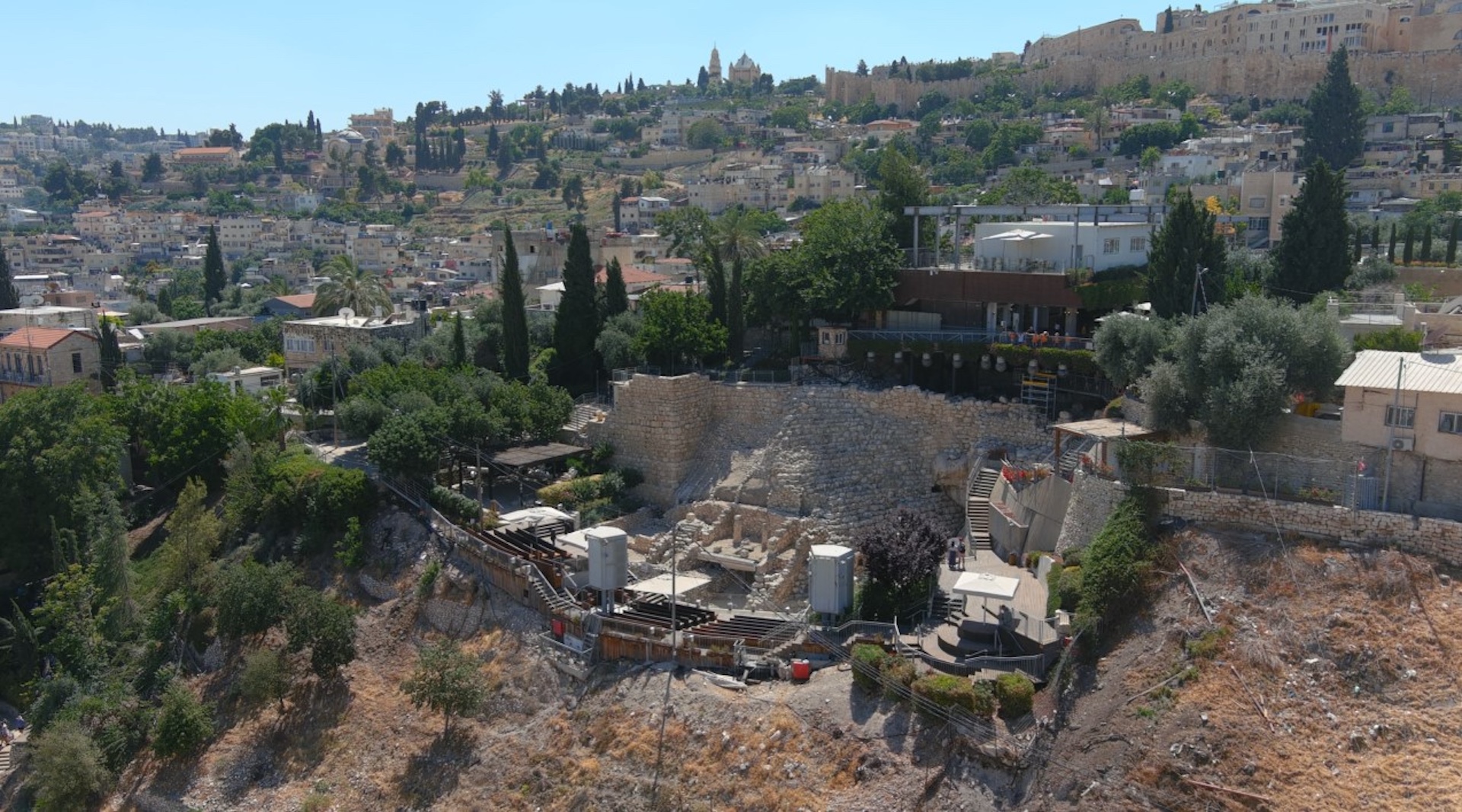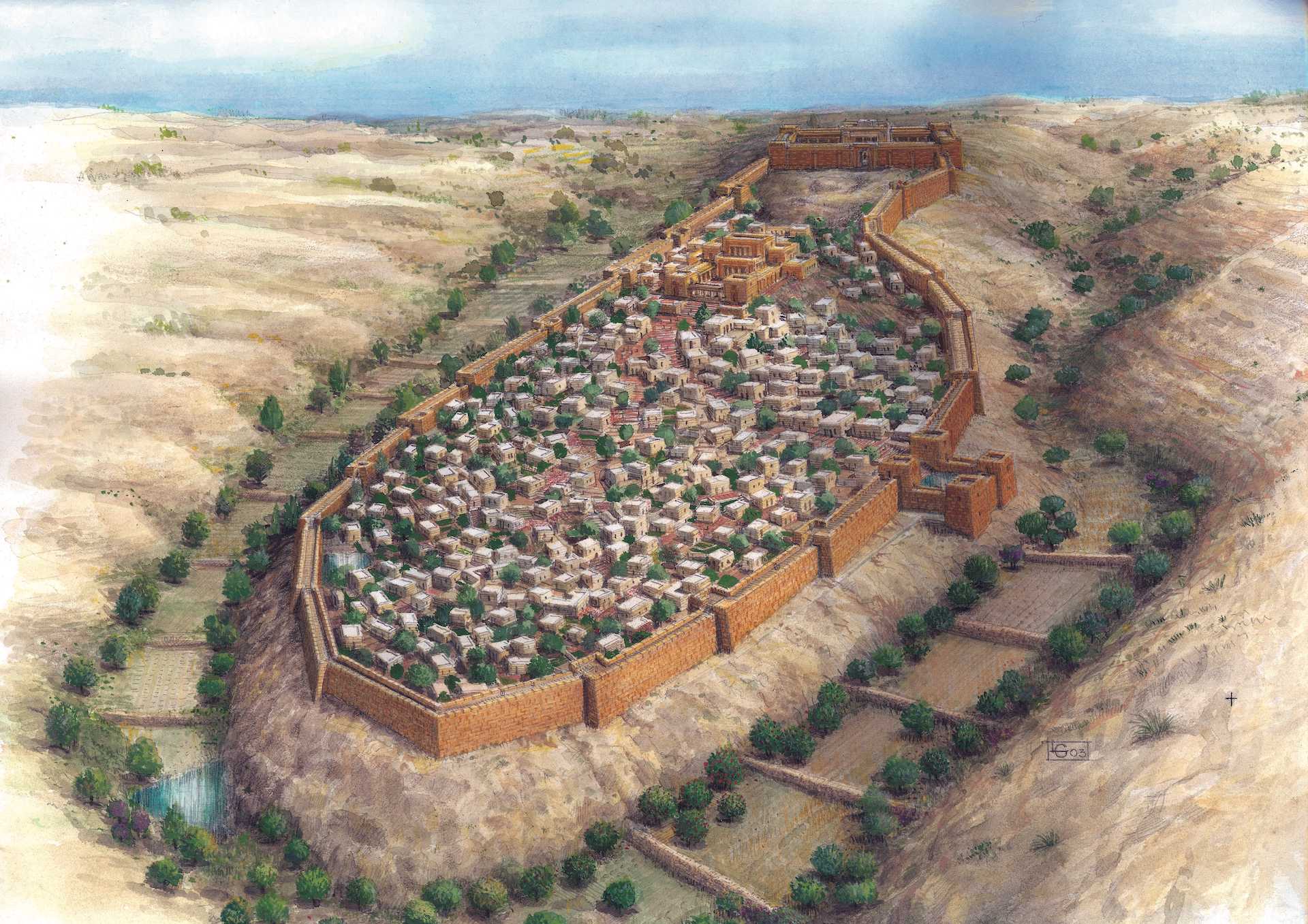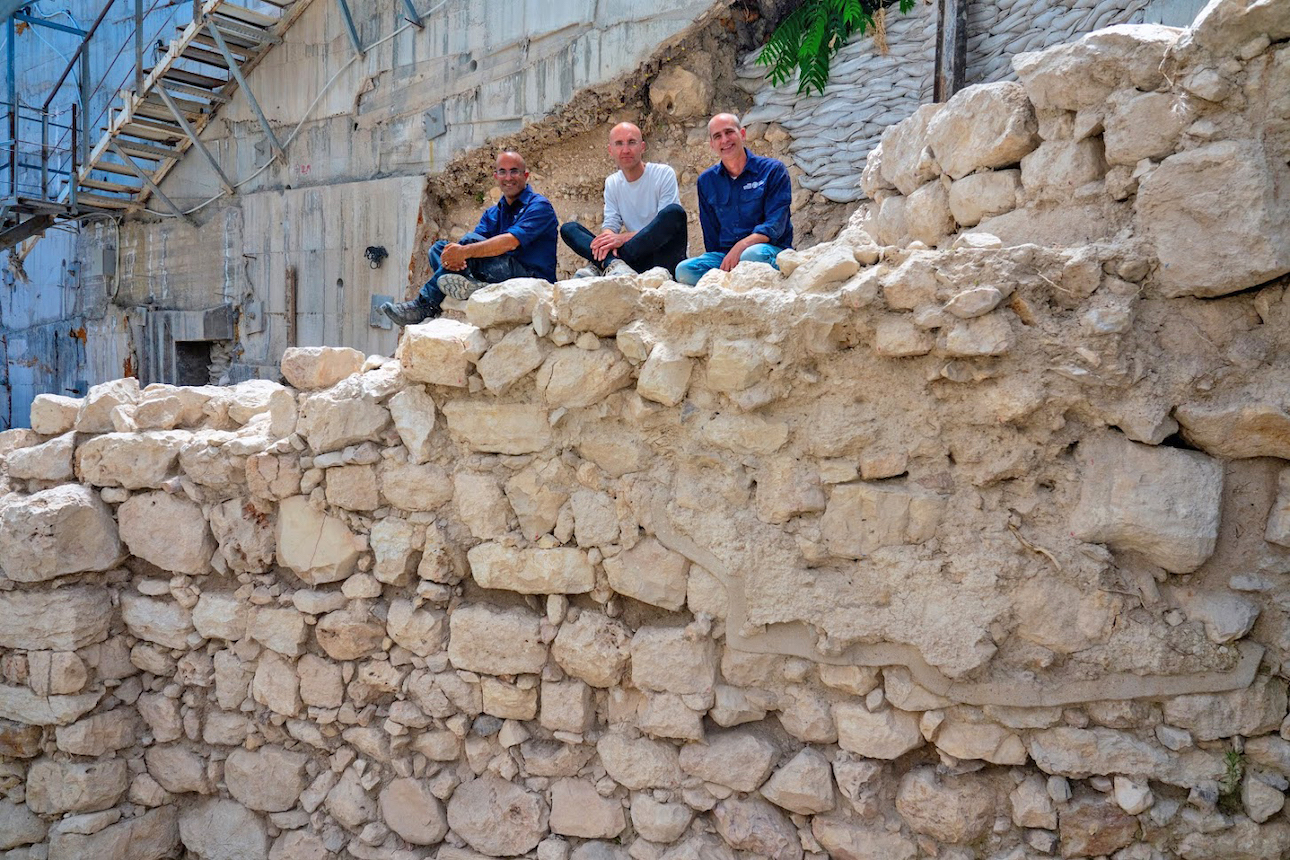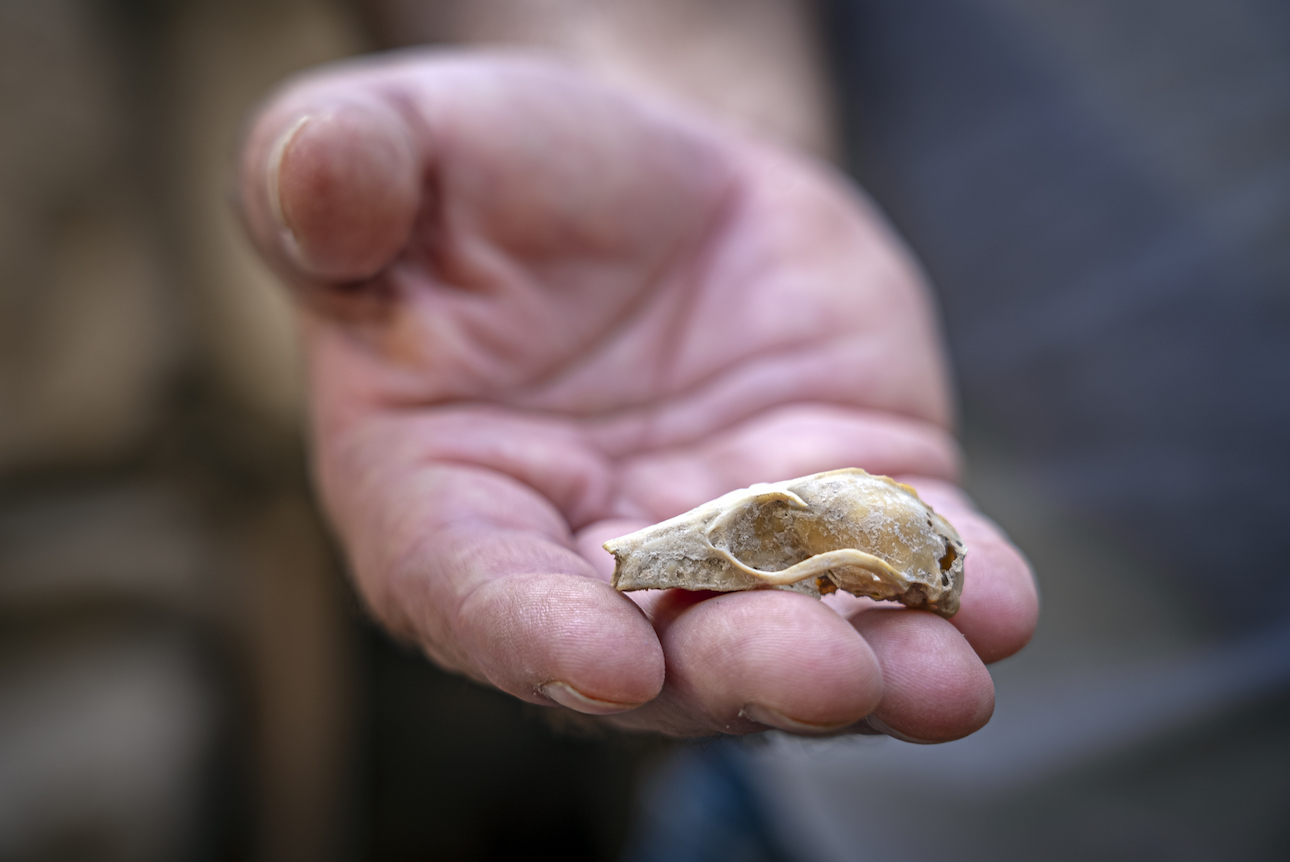
A precise new dating of archaeological sites in Jerusalem supports some of the key historical events described in the Bible, including the settling of the city, a major earthquake and its eventual destruction by the Babylonians, according to a new study.
The research gives an unprecedented chronology of the ancient city that sheds light on its development, said Elisabetta Boaretto, a professor of archaeological sciences at the Weizmann Institute of Science in Rehovot, Israel, and the senior author of the study, which was published April 29 in the journal PNAS.
The authors studied sediments from human occupations and radioactive-carbon concentrations in charred seeds to determine dates within the time period known as the "Hallstatt plateau," between 770 and 420 B.C. Past work had found that radiocarbon dating can’t pinpoint times with accuracy during this period.
It may be because lower solar activity during that period produced less of the radioactive isotope carbon-14 — a form of carbon with eight neutrons in its nucleus instead of the usual six, which is used in radiocarbon dating to determine when a sample originated.
The Hallstatt plateau is a key reason why so little of Jerusalem has been radiocarbon-dated, although the city is of great archaeological importance.
"The archaeological record in Jerusalem was associated with times based on the Bible, or on pottery comparisons with other sites," Boaretto said. "So it was never really absolutely dated."
Related: Mysterious moat discovered in Jerusalem may have been used to divide the biblical city

Ancient city
The researchers examined 103 samples of seeds and other remains from five sites in Jerusalem's ancient City of David neighborhood, south of the Temple Mount.
The new approach applied radiocarbon dating and a group of precise analytical methods collectively called "microarchaeology" to the layers of sediments associated with the seeds and then verified their dates with measurements of atmospheric radiocarbon from the growth rings of trees that grew between 624 and 572 B.C.
That effectively eliminated the uncertainty of most of the Hallstatt plateau time period, Boaretto said. They anchored their chronology using evidence of the Babylonian destruction in 586 B.C.
The study revealed new evidence that Jerusalem was settled between the 12th and 10th centuries B.C. and that the city had expanded westward in the ninth century B.C.

The researchers also found evidence of an earthquake in the mid-eighth century B.C.: a layer of collapsed stones and damaged building materials, followed by a period of reconstruction. This event was mentioned in the Bible but had never been firmly dated.
The team saw signs of the prolonged use of some sites after the earthquake and before the Babylonian invasions, which indicated a period of relative economic and political stability.
The settlement period ended with a massive conflagration identified as the Babylonian destruction in 586 B.C., which is described in both the Bible and Neo-Babylonian records.

Radiocarbon chronology
Still, not everyone is convinced that the new chronology is reliable.
Archaeologist Israel Finkelstein, a professor emeritus at Tel Aviv University who wasn't involved in the latest study, told Live Science that many of the samples used in the study came from less-than-ideal archaeological contexts. That meant samples from only one of the five sites and a few others could be considered reliable, while the others "provide only the earliest possible date for a given layer," he said.
And while the ability to radiocarbon-date layers during the Hallstatt plateau was a breakthrough, "this, too, is not free of difficulties," Finkelstein said. That's because it was based on samples from a single room that had no direct evidence of the eighth-century earthquake nor the sixth-century Babylonian destruction.
However, "the project of radiocarbon-dating Iron Age Jerusalem is a first step in an important mission," he said.







